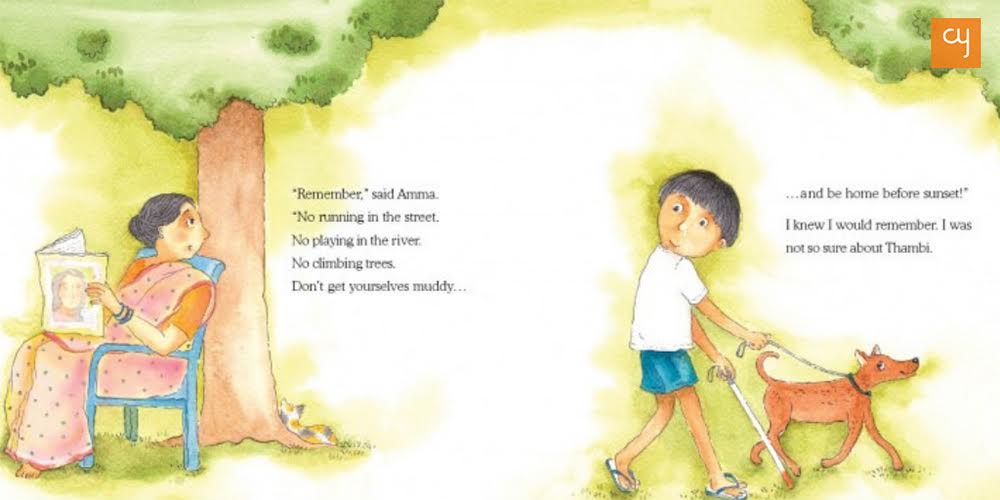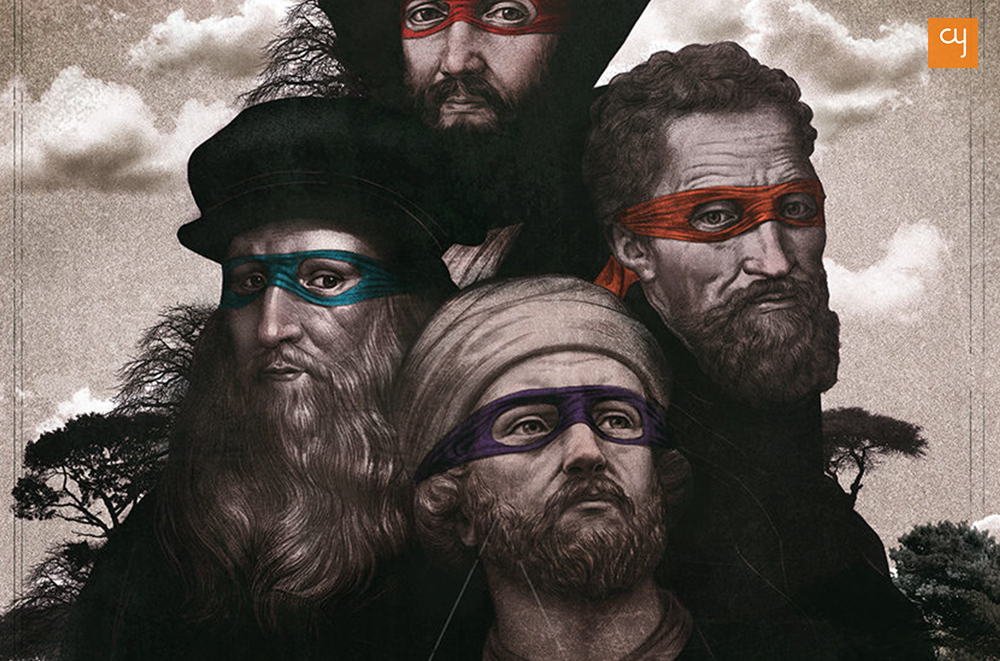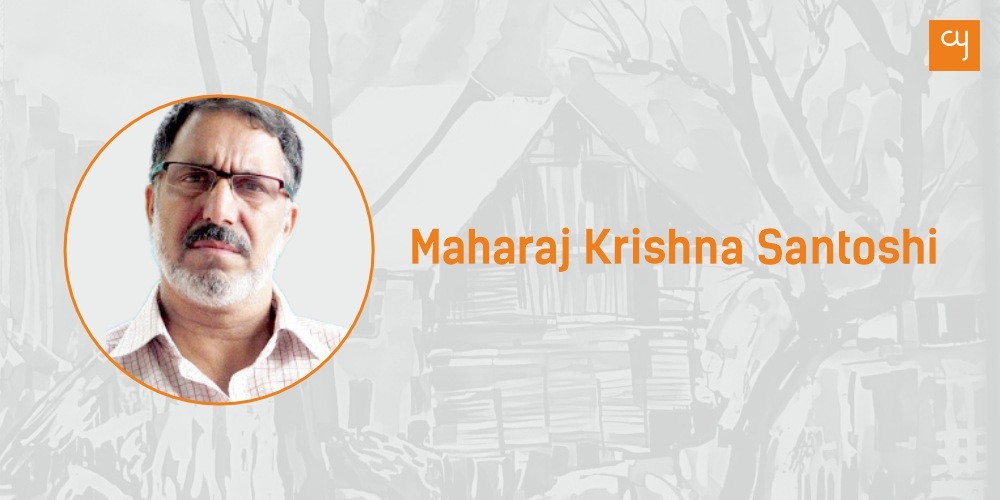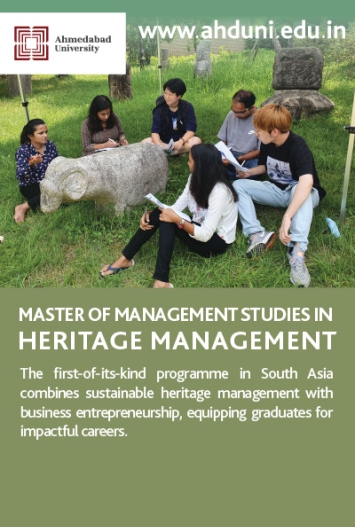Santoshi's collection "Kashmir: Ek Prem Katha" - Highly readable stories
Maharaj Krishna Santoshi, displaced from Kashmir in the nineties and thereafter a resident of Jammu, like his contemporary pundit brothers and endowed with the quality of intellectual thinking, has not forgotten the tragic destiny of his and his community’s forced migration; and how could he? If the people who left their homes and came to other cities of India from the cities of West Punjab and Sindh to save their lives in the aftermath of the Partition of India in 1947, could not forget their migration for generations, then how can the people exiled from Kashmir in 1990 forget this tragedy so soon?
It is natural that the pain of displacement has become so deeply embedded in the psyches of the families of Santoshi and his friends that it keeps surfacing and resurfacing in their literary creativity, becomes a means of expression and of remembering the milieu left behind. In fact, these friends who were very young at that time – some of whom like Santoshi were left-wing explorers of a better world – had perhaps just started with an expressive voice. Therefore, almost all of his literature relives the period and translates his voice about the extremely bitter reality he and his compatriots and their families experienced.
After Santoshi’s six poetry collections and one of short stories, his second story collection has been published recently, the name of which itself mentions the innate love of the Pundit community for Kashmir, which gives an indication of the ethos you will encounter in the stories of this collection. The name of this story collection published by Antika Prakashan, Ghaziabad is “Kashmir: Ek Prem Katha”; it includes in its covers 15 stories of the writer with a special reminiscences section, in which the tragic memories of the troubled days of 1989-90 have been recounted due to which the mass exodus of Pandits happened – which is also referred and narrated as the “seventh displacement” of Kashmiri pundits from the Valley making it a travesty of times.
While reading this collection, one finds the reminiscences section titled “Kahin Hum Bhool Na Jayein” included after the stories, even more gripping and relatable because it’s here that all the events of 1989-90 and the changing social environment in the valley have been recounted in a concise and sequential manner, which the people living in Jammu and Kashmir are already aware of; but this recent history may be necessary to learn or relearn for those living elsewhere. In a similar way, last year the film Kashmir Files also depicted all the major events relating to this genocide and exodus on the big screen when a substantial numbers of people outside Jammu and Kashmir were shocked by this recreation and ‘revelation’ of these excesses on the big screen.
This memory section of Santoshi also has two parts – one is the narration of the social changes just before the displacement and the dilemma of the Pundit families across the region whether to leave the valley and home or not; and the second part is the narration of the broken, incomplete and faltering life of deprivation and despair that started in the tented shelter camps of Jammu after the displacement.
The struggle of life that began here in rehabilitation, gradually led to the dispersal of the families of these brothers, like the Jews, across India and then across the world in the last 32 years. The characters of Santoshi’s stories also return in the same way, sometimes from America and sometimes from Delhi, but their history keeps moving with them in their minds. And they want to return to their roots again and again.
In the second story of Santoshi’s collection “Pandit Kashinath M.A. History”, the character Professor Kashinath says that knowing history is a curse; because it does not let you rest then. The other side of this mental state obviously is ignorance is bliss. That is why some people perhaps advocate this worldly way of forgetting your past; while some cunning people of this class have been taking upon themselves the responsibility of distorting the writing of history since the beginning in India, more particularly after Independence. But when someone brings forth the truth suppressed in the past by the invaders or the recent truth as written by say #Jagmohan in #Frozen_Turbulence or #Vivek_Agnihotri writes and produces The Kashmir Files, many people get upset, for, the truth is inconvenient and stares you in face. But is it really a curse to know history? Can any society or any country choose its right course for its future without knowing its own history?
If we talk about the 15 stories of Santoshi’s collection, they really live up to their name. These are filled with the love of the writer, his family, his acquaintances and of common Kashmiri Pandits for Kashmir. This love starts from the special climate and beautiful nature of that place and reaches the people there, their lifestyle, their way of living, beliefs-methods of worship etc. and then also points to the similarities and differences between the followers of the two religions when displacement begins.
The titular story, “Kashmir Ek Prem Katha”, depicts the “impracticability” of Hindu-Muslim marriages in the context of contemporary or enduring differences of cultural identity. This conclusion, however, may be more relevant in the context of alliances among the lower and middle classes on both sides. Here, the two protagonists and friends, being the so called “heretics”, eventually see the realistic desirability of abandoning their love of Radha and Razia and accepting Razia and Radha back respectively; but the good thing is that they succeed in doing this without any personal animosity or permanent malice.
These comparisons become even more clear in the context of the changing atmosphere in the valley under the influence of imported but localised jihad; although there are some shining examples of the old coexistence and brotherhood in the attitude of the common people of the neighborhood, that had not completely disappeared and in some ways still remain. Santoshi underlines this sentiment in his story “Rin Mukt”.
Santoshi himself has been a leftist but he has been disillusioned many a time which process began and has repeatedly shocked the writer and activist in him; as the relisation dawned that despite being a staunch follower and believer in the party policy and activities, the matter ultimately comes down to role choices or preferences being based on the religion of the other person, the one pitted in front of him; this was even more accentuated in the special context of the valley. Here in every situation, the “other person” was the other and no one had the basis to not see him in that way. This aspect can be seen being exposed with great intensity in his story “Ek Tha Comrade”. In that era of fanaticism, even a typical comrade is thus seen getting disillusioned and defeated for no fault of his.
In the stories “Chinar” and “Poshmaal Ka Bagicha”, the love for nature of the Pandit families, especially the women, is highlighted. How, under the influence of this love, she manages to grow Chinar or Jafar flowers even in her small house or temporary tent-house in the city of rehabilitation the Jammu city.
In the four stories of this collection, namely, “Darashikoh ki maut”, “Saanp aur Budhi Aurat”, “Bhaand aur Bhagwan” and “Jannat ki Sair”, the author takes the help of fantasy and picks up characters from history or folk tradition like a snake in the story and presents them like a moral tale in the situation.
In “Darashikoh…”, references of an author’s commitment and responsibility to the society and the desirability of escaping from the pressure of powers that be have been raised through historical characters. In “Jannat ki Sair”, an attempt has been made to make some light-hearted jokes or sharp satire through the imaginary Srinagar visit of poet Ghalib and story writer Sadat Hasan Manto. In “Bhaand aur Bhagwan”, there is an encounter and dialogue between a Muslim Bhagat or Bhaand artist with a Hindu God which takes place outside a temple abandoned after Hindu migration and symbolically puts forward the philosophy of monotheism. The stories “Teen Kisse, Antaratma, Pahelwan Ki Moonchh and Vrishabh” are stories of mixed themes in which emotions like corruption, selfishness, struggle for existence and a little humor can also be noticed.
The emotional background and the situational context of this story collection by Santoshi is mostly set in Kashmir, life over there and memories related thereto, especially the nostalgia of the migrants. These stories of small and medium size have ended up as extremely readable pieces due to their intensely emotional language, style and presentation of the details of the Kashmiri narrative. The stories also provide an opportunity to understand the entire historical perspective of this tragic chapter of displacement and migration related to Kashmir along with the memory section of the collection.
Congratulations and best wishes to poet-storyteller Maharaj Santoshi for this treatise!
Publisher: Antika Prakashan, Ghaziabad: Price 300/-
Yatra Archives

 How Tulika Books is creating impact in children’s lives through picture books
Nandini Varma
How Tulika Books is creating impact in children’s lives through picture books
Nandini Varma
Aug 21, 2019
A children’s book about a boy who feels like a girl. And about a child brought up by grandfathers. These are some of the stories published by Tulika Books, who have been making children’s picture books since 23 years. Little…
 Dalgona Coffee: A worldwide social media trend about home-made café experience
Harshil Shah
Dalgona Coffee: A worldwide social media trend about home-made café experience
Harshil Shah
Apr 2, 2020
While the lockdown has ignited various trends on social media, one that has received a major global following is #DalgonaCoffee. With thousands of posts on its name, here’s all you need to know about the Dalgona Coffee wave. I first…
 Leonardo, Michelangelo, Raphael and Donatello—Artists or Teenage Mutant Ninja Turtles characters?
Harshil Shah
Leonardo, Michelangelo, Raphael and Donatello—Artists or Teenage Mutant Ninja Turtles characters?
Harshil Shah
Nov 5, 2019
Did you ever wonder where the Teenage Mutant Ninja Turtles’ characters got their names from? Well, your search is complete. Here is a brief introduction of the artists from whom the creators of TMNT took inspiration. Teenage mutant ninja turtles,…
 The call of the mountains: orthopaedic Dr Yatin Desai’s advice on trekking
Himanshu Nainani
The call of the mountains: orthopaedic Dr Yatin Desai’s advice on trekking
Himanshu Nainani
May 24, 2019
In this piece 64 year old Dr Yatin Desai, shares with CY his inspiring story of how to scale towering mountains with utmost ease and how this life adventure activity can shape human character and health. Chances are high that…






